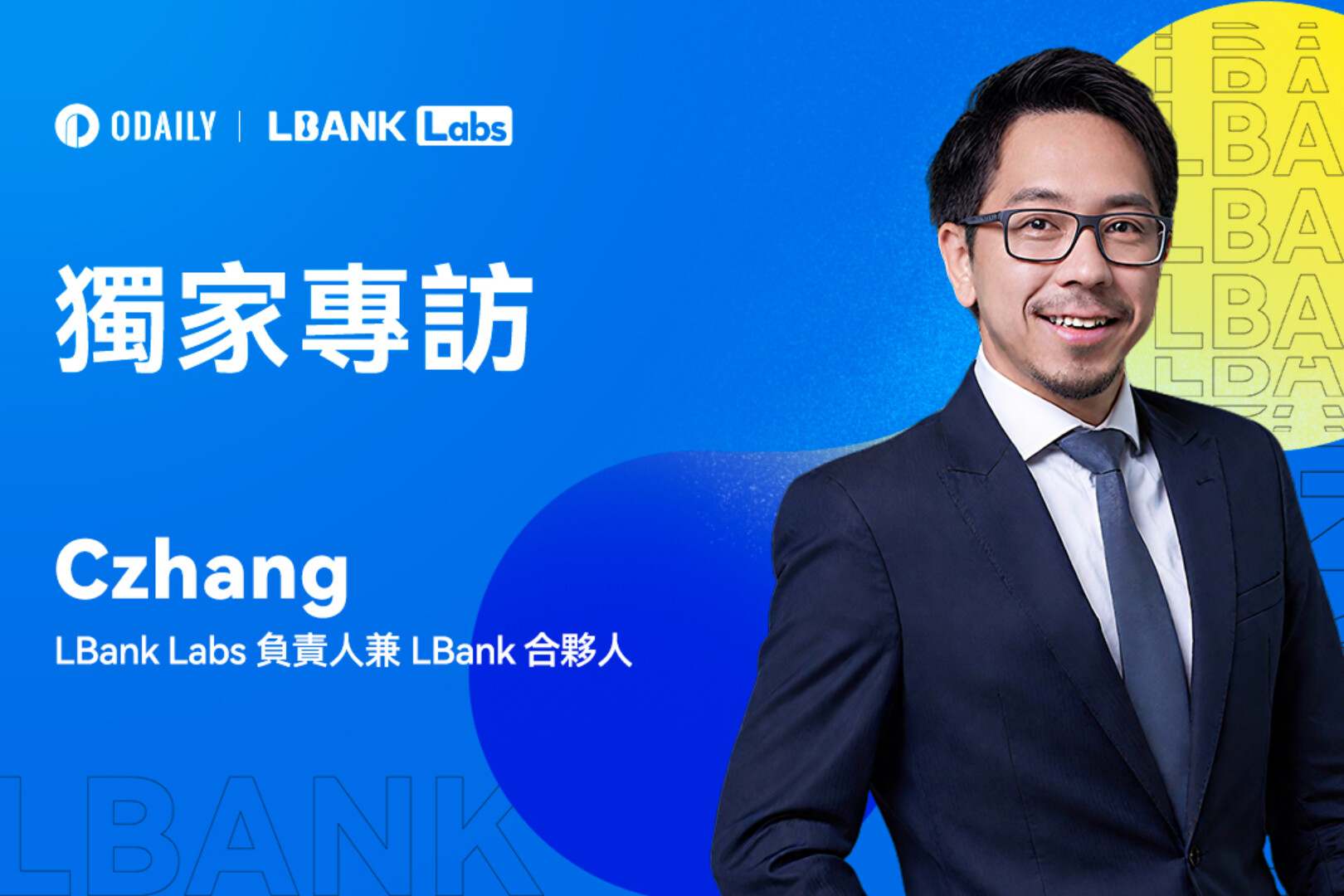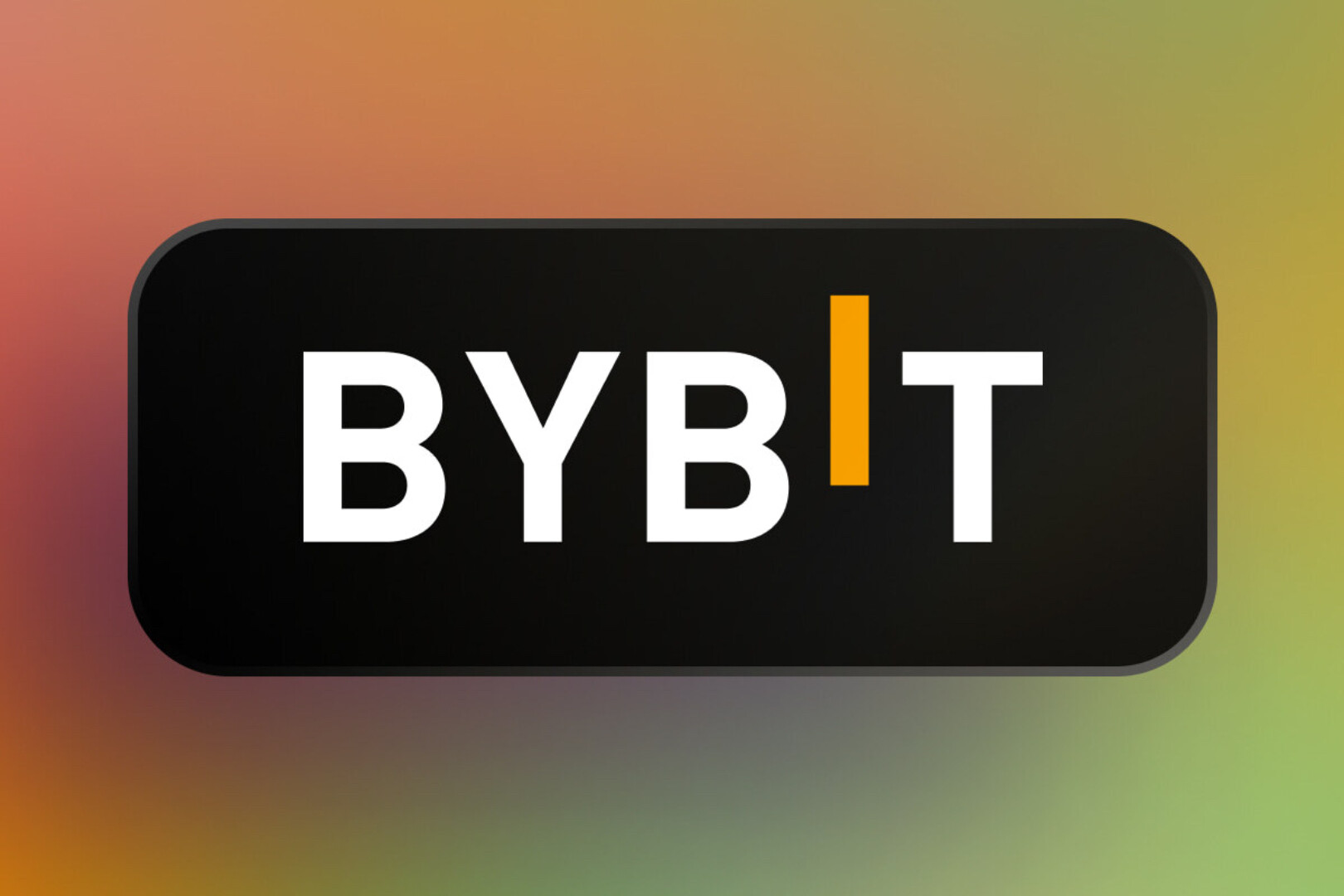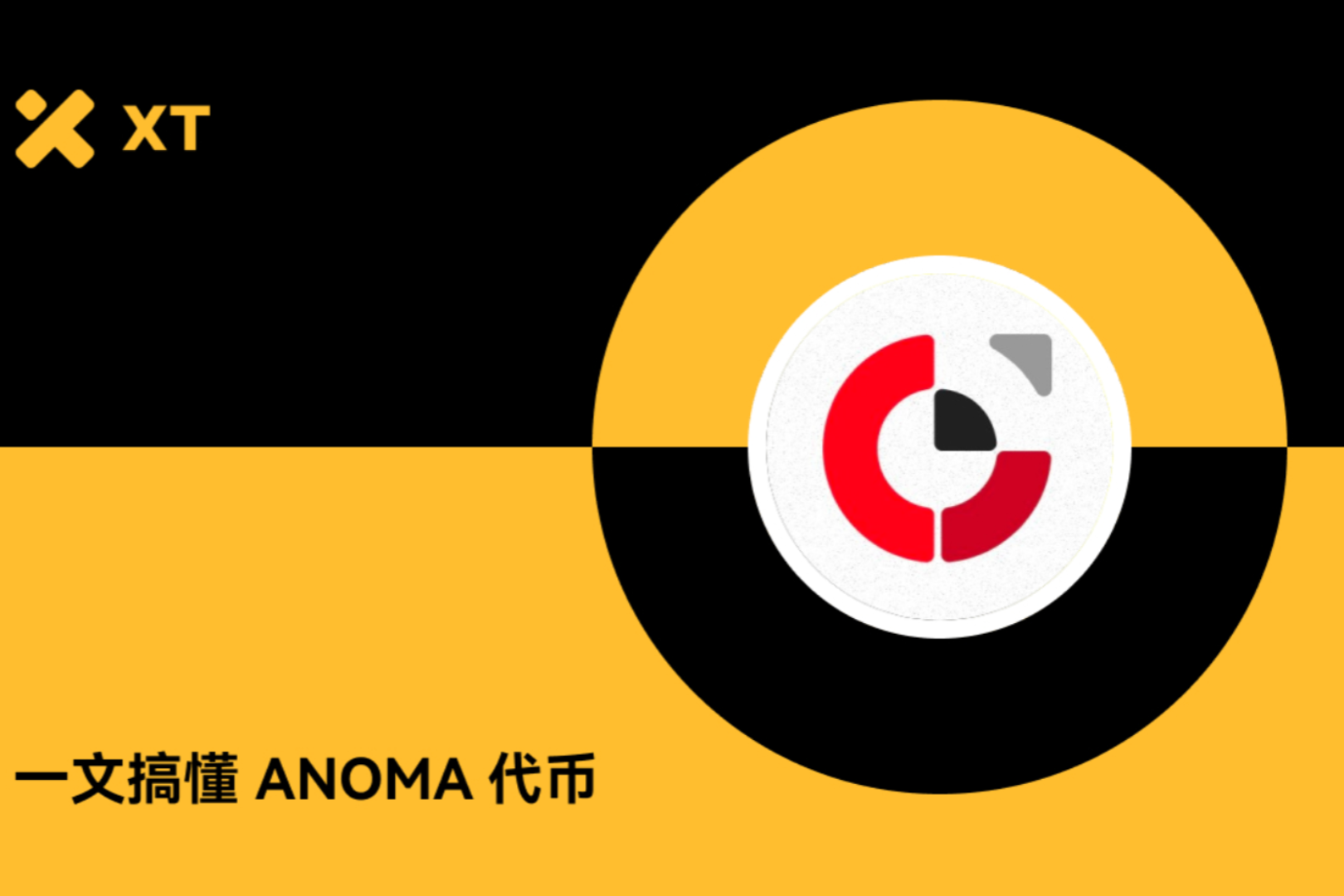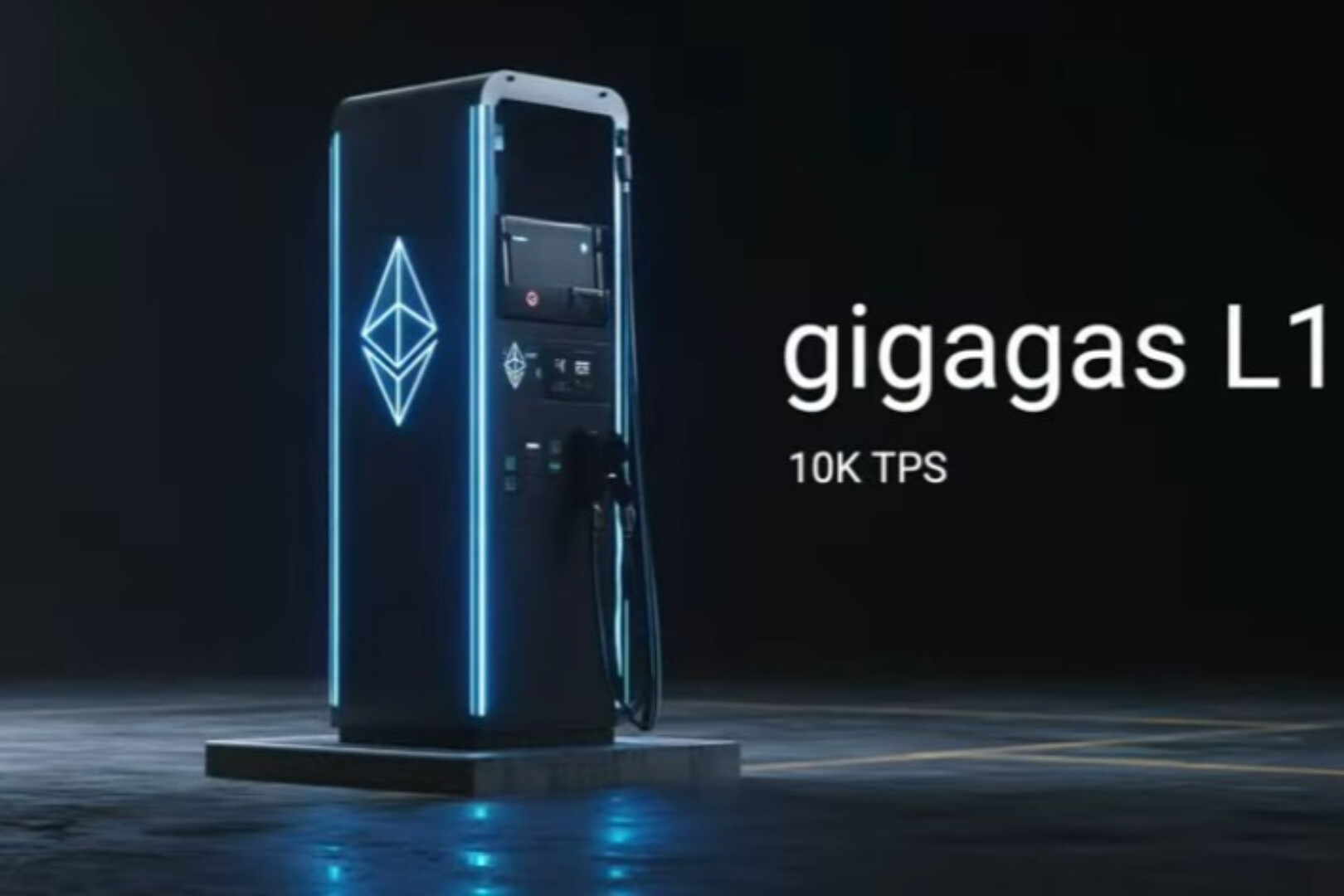Original compilation: BlockTurbo
Original compilation: BlockTurbo
EOS was once considered one of the most promising blockchains in the Layer 1 space. At launch, EOS was the top five cryptocurrencies by market capitalization. But since then, EOS has failed to live up to earlier expectations, with community members largely attributing this to a lack of development and investment from the founding team.
first level title
some background information
The open-source EOSIO blockchain protocol was founded in 2017 by blockchain software company Block.one (B 1). B 1 is led by CEO Brendan Blumer, who founded several software and gaming-related companies, and CTO Dan Larimer, a well-known figure in the crypto space who created the Proof-of-Stake (PoS) variant Delegated PoS and the Decentralized Autonomous Organization (DAO). DAO) concept.
Beginning in June 2017, B 1 conducted a one-year ICO on Ethereum. By the end, B1 had raised $4.1 billion, the largest in history. In 2019, the SEC accused B1 of conducting an unregistered securities offering, and B1 agreed to pay a $24 million civil penalty without admitting or denying the findings.
B 1 released the open-source EOSIO codebase in mid-2018. A week later, the EOS network built using the EOSIO framework was launched. After going online, B 1 slowly stopped upgrading and maintaining the core EOSIO protocol. Basically, instead of reinvesting proceeds back into the EOS network and ecosystem, resources were directed to other projects outside of EOS, including social network Voice and centralized exchange Bullish.
The EOS community is increasingly frustrated with the lack of commitment to the B1. They quickly realized they needed to take action to prevent further decline of the EOSIO codebase and EOS ecosystem. In August 2021, the non-profit EOS Network Foundation (ENF) was founded by Yves La Rose, former CEO of block producer and node infrastructure company EOS Nation. With financial support from the network's block producers, ENF embarked on a broad review of EOS' technology and ecosystem, identifying areas for improvement and proposing solutions through working groups and grants.
In December 2021, EOS block producers passed a proposal to freeze B1's EOS token release contract (B1 received 10% of the initial EOS supply at launch and unlocked linearly over 10 years). Freezing the contract is a decisive step towards officially separating EOS from B1 and returning ownership to the community.
first level title
consensus mechanism
consensus mechanism
EOS is a Byzantine Fault Tolerant (BFT) based blockchain that uses Delegated Proof of Stake (DPoS), a popular Proof of Stake (PoS) variant. In this system, EOS token holders can delegate their tokens to validators (“Block Producers” or “BPs”), who produce and validate blocks.
Unlike some other PoS systems, delegators do not stake their tokens to specific block producers. Instead, they usually stake their tokens to the system and then vote for up to 30 BPs. If a user stakes 1 million tokens, no matter if the user voted for 1 or 30 BPs, each BP they voted for will get 1 million votes (ignoring voting power decay, see below for details).
The top 21 block producers ranked according to voting are called "active BPs", and they participate in each round of consensus. A consensus round lasts 126 seconds and consists of 252 blocks (each lasting half a second). At the beginning of each round, active BPs are selected and sorted alphabetically. Then each BP produces 12 blocks at a time until the end of the round, and the process repeats.
secondary title
rewards and punishments
Block producers receive block rewards via 1% network inflation. Of this 1%:
75% (0.75% of total inflation) is allocated to block producers in proportion to the number of votes they have received in the past day, thus rewarding active and standby BPs.
25% (0.25% of the total inflation rate) is allocated to block producers in proportion to the number of blocks they produced in the past day, so only BPs active at that time are rewarded.
Delegators need to vote weekly (i.e., delegate their tokens to BPs) to maintain their full voting power. If they don't, their voting power decays slowly with a half-life of one year, but returns to maximum once they vote again. Delegators can have proxies vote on their behalf instead of managing it themselves. Principals have no protocol-level rewards, but many BPs share part of the rewards with agents, who pass the rewards on to principals.
secondary title
Smart Contract Programming Language
secondary title
resource model
Many blockchains have a gas-based resource model. Users spend gas tokens to pay for various costs of transactions, including processing transactions and storing data. On EOS, it is common to combine resources into a single gas fee, which is then split into its individual components.
The three resource components on EOS are:
NET — A spatially named resource that measures the throughput of a network in bytes.
CPU — a time-based resource that measures the processing time of a transaction in microseconds.
secondary title
bandwidth
NET and CPU share the bandwidth cost of the network. Allocation models for these resources have been developed several times.
Initially, NET and CPU are renewable resources that users can retain proportionally to their share of EOS. When a user makes a transaction, their available bandwidth reduces the NET and CPU required for that transaction. But the resources are only temporarily consumed. After 24 hours, users will again have access to their full NET and CPU.
To prevent resource allocation inefficiencies, EOS launched the Resource Exchange (REX) in 2019. This feature allows users to stake EOS and lend their excess bandwidth resources to borrowers. In return, the lender receives a REX token, which is a rebase version of the EOS token, which incurs REX borrowing fees, RAM transaction fees (see below), and fees from premium EOS account name auctions.
In early 2021, EOS will start transitioning to the current PowerUp resource model proposed by B1. This model helps to make resource management more user-friendly and efficient. Instead of staking EOS to reserve bandwidth, users can pay a small amount of EOS to provide 24-hour service for their account bandwidth. To further enhance the user experience, many wallets offer a free PowerUp subsidy every day and abstract resource management to the user. Users also typically receive free PowerUp subsidies from other infrastructure providers such as block explorers.
secondary title
state storage
secondary title
account
EOS accounts have two different types of keys:
Owner Keys Add, delete, and manage active keys. Every account has an owner key.
Active keys sign transactions. Each account can have many active keys.
Additionally, the owner key can set the active key with custom permissions. For example, there may be an active key that can only mint NFTs from a specified contract. Users can also create multiple keys and require multiple signatures to execute transactions. The wait timer feature allows the owner key to set the active key to have an input time delay before executing the signed transaction.
secondary title
Antelope IBC
One of Antelope's first moves was to implement a light client-based Inter-Blockchain Communication (IBC) protocol. The design is similar to Cosmos' IBC, building on the work of 0 origin, the development team behind Antelope-based chain UX Network. Implementing Antelope IBC allows Antelope-based blockchains to securely communicate with each other and scale out. For example, a popular dapp could launch an Antelope sidechain and validator set to have its own execution environment while remaining connected to the ecosystem.
overview
Token Economics
overview
secondary title
initial allocation
Public token sale (90%): B1 sold 900 million tokens for ~$4.1 billion in a year-long reverse dutch auction, every 24 hours from mid-2017 to mid-2018 once. It publicly committed $1 billion in proceeds to the EOS ecosystem and development. However, B1 has no legal obligation to this commitment and decides not to invest the pledged amount back into EOS.
secondary title
Historical Token Economics Changes
At launch, the EOS inflation rate is set at 5%:
20% (1% of total inflation) is allocated to block producers.
80% (4% of total inflation) goes into a system savings account that serves as a treasury fund that block producers can allocate to approved operating and development cost proposals.
Savings Accounts: Despite having a 4% overall inflation rate, a savings account has never had a clear purpose. Block producers believe the fund has become too much and a potential target for attackers. As a result, block producers repeatedly chose to burn all tokens in the account. They first burned 34 million tokens (worth $165 million at the time) in May 2019. In February 2020, they destroyed the remaining 34 million tokens (worth about $140 million at the time) in the account. With the second burn, they passed a proposal to eliminate savings account allocations, reducing inflation to 1%. The savings account was later reactivated in August 2021 at a 2% interest rate to create ongoing funding for ENF.
RAM transaction fees: At launch, 0.5% fees for RAM transactions go into the eosio.ramfee account, which is controlled by block producers. In May 2019, block producers passed a proposal to send fees to the Resources exchange instead. However, block producers still need to decide what to do with the fees accumulated in the eosio.ramfee account. Block producers later passed a proposal in August 2021 to transfer these tokens to the eosio.grants account, along with accumulated fees from previous premium EOS account name auctions. Together, these fees constituted ENF's initial funding (worth approximately $16 million at the time).
secondary title
current inflation rate
first level title
user
user
Since the beginning of 2021, daily transaction volume has dropped by 65%, but daily active addresses have increased by 7%. The downward trend in daily transaction volume reverses in October 2022. Since then, daily transaction volume has increased by 218%, despite a 25% decrease in daily active addresses. This recent trend indicates an increase in power users.
Year-to-date, the network has averaged 1.3 million transactions per day and 38,000 daily active addresses. However, the latter figure is inflated by a large outlier. On January 31, 2023, daily active addresses ballooned to 436,000. There is no clear reason for the spike and ENF is not sure what caused it. Almost the entire surge is due to addresses interacting with EOS system contracts — which manage delegation, resource management, etc. — rather than any increase in dapp-related activity.
secondary title
Validators and delegators
Although only 21 BPs can participate at a time, a total of 65 BPs have produced blocks since launch. Others just participate as backup BPs, currently 100 BPs have voting rights.
overview
ecosystem
overview
The EOS ecosystem includes DeFi applications and programs, NFT marketplaces and projects, gaming applications, and more.
The daily active addresses of all EOS dapps increase in 2021, peak in January 2022, and then decline in 2022. This trajectory is largely in line with a broader shift from crypto bulls to bears. During that time, top dapps by daily active addresses included virtual property game Upland, decentralized social app Yup, MMO strategy game Prospectors, play-and-earn game Crypto Dynasty, and NFT marketplace AtomicHub.
Considering all contract interactions, not just dapp contracts, Upland applications and their tokens currently have more daily unique addresses than all other contracts on EOS combined.
However, the data looks very different when filtering only for new address interactions, which are addresses that called the contract on the same day the address was created. Among new addresses, Upland and its token accounted for 6% of unique address contract interactions, significantly lower than 56% of all contract interactions.
secondary title
DeFi
In the past year, EOS DeFi TVL in USD terms has dropped by 62%, and it currently ranks around 37th among all chains. However, the DeFi TVL in terms of EOS has only decreased by 32%, suggesting that the decline in USD TVL may be due in part to price depreciation.
Over 75% of TVL comes from Defibox, a decentralized exchange and lending protocol. As of February 21, 2023, Defibox has an average daily trading volume of approximately $470,000. The exchange's top trading pool is EOS/USDT, with a TVL of about $6.2 million and a daily trading volume of about $380,000 as of February 21, 2023.
EOS is one of 11 blockchains on which Tether officially supports native USDT minting and redemption. In December 2022, Binance Exchange will list EOS native USDT to further help liquidity and network access. There are currently more than 85 million USDT tokens circulating on EOS.
The ENF working group proposed two plans to support the DeFi ecosystem on EOS:
Yield+ is a liquidity incentive program launched in 3Q22. The program distributes EOS to DeFi protocols for them to use as liquidity mining rewards. In order to receive rewards, the protocol needs to have at least 200,000 TVL denominated in EOS (counting only EOS and USDT tokens) and pass KYC registration, among other requirements. The program is currently funded by ENF, with a total of 300,000 EOS given to approved agreements every quarter and will increase as TVL grows. Fourteen agreements have joined the program so far.
secondary title
NFTs and games
The most popular dapp on EOS is Upland, a Play-to-Earn digital real estate and metaverse game launched in 2019. Year-to-date, Upland has averaged around 20,000 daily active addresses and 60 daily new addresses.
Other games include Prospectors, Crypto Dynasty, and Wombat, but Upland has by far the most activity in terms of active addresses.
AtomicHub is the network's primary NFT marketplace, with over 5,000 collectibles.
secondary title
grant
secondary title
Pomelo
secondary title
ENF Direct Grant Framework
secondary title
EOS Network Ventures (ENV)
secondary title
Hackathon
secondary title
route map
Technical Improvement
Since the takeover, ENF has been examining various aspects of the EOS network and looking for areas for improvement, driven by the working group. It plans to publish a new white paper reflecting the changes made so far and detailing planned technical upgrades. The technology roadmap will include a new consensus mechanism that brings instant finality and an EVM solution.
Consensus mechanism: ENF, together with other members of the alliance, has been working hard to reform Antelope's consensus mechanism. In mid-2022, EOS, WAX, and Telos agreed to provide UX Network development team 0 origin with a 24-month, milestone-based grant worth $3.8 million in native tokens. The team is tasked with upgrading the consensus mechanism for instant finality and developing Antelope IBC.
Spurred on by the 0 origin work, the consortium plans to implement a modified variant of HotStuff, a BFT-based protocol developed by the Facebook team working on Libra and now powering the Aptos network. The upgrade will enable several improvements, including expanding the number of validators beyond 21 and bringing near-instant finality. In addition to solving Antelope’s three-minute transaction process, instant finality will complement Antelope IBC and allow for near-instant cross-chain messaging. These upgrades will go live on testnet in summer 2023 and launch on mainnet by the end of the year.
secondary title
growth strategy
The growth of the EOS network will continue to be driven by ENF. As mentioned above, ENF has established several grant systems and ecosystem funds, including Pomelo, Direct Grant Framework, and EOS Network Ventures. The ENF is funded through 2% network inflation, which currently equates to approximately $26 million worth of EOS funding per year.
Summarize
Summarize
EOS is one of the most famous blockchain projects — but not always the best. Driven by ENF, the community has spent the past year and a half working on rebuilding the technology stack and ecosystem of EOS. While some metrics such as transaction counts have improved recently, there is still work to be done to bring EOS' ecosystem and network metrics on par with top smart contract platforms. Recent and planned technology upgrades, including Antelope IBC, new consensus mechanisms, and the EOS EVM, as well as new growth strategies, could lay the groundwork for a new wave of EOS users and developers. If the upgrade is successful and adoption follows suit, EOS could see yet another revival.





